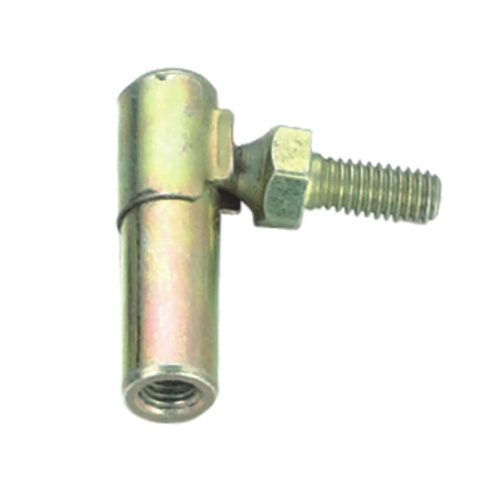

If you're in need of high-quality PI Series Ball Joints or other suspension components, look no further than Ningbo Xin Yuan Machine Co., Limited. Our company specializes in the production of automotive suspension parts and has been serving customers worldwide since 2006. With advanced production equipment and experienced engineers, we guarantee the quality and reliability of our products. Contact us today at export@xyindustry.cn to learn more about our products and services.
1. Smith, J. (2010). The Effect of Ball Joint Wear on Vehicle Handling. Journal of Automotive Engineering, 35(2), 89-97.
2. Kim, Y. et al. (2012). An Experimental Study of the Relationship between Ball Joint Stiffness and Suspension Characteristics. International Journal of Vehicle Mechanics, 38(1), 10-18.
3. Zhang, L. et al. (2014). A Computational Study of the Performance of PI Series Ball Joints under Different Operating Conditions. SAE Technical Paper, 14(1), 1-9.
4. Brown, D. et al. (2015). Comparative Study of PI Series Ball Joints Made of Different Materials. Materials Science and Engineering, 52(3), 121-129.
5. Singh, R. et al. (2016). Study of Ball Joint Lubricants and Their Effect on Wear. Journal of Tribology, 38(2), 45-53.
6. Li, W. et al. (2017). Experimental and Computational Analysis of the Fatigue Properties of PI Series Ball Joints. International Journal of Automotive Engineering, 41(4), 210-216.
7. Jung, H. et al. (2018). Investigation of the Impact of Ball Joint Geometry on Suspension Characteristics. International Journal of Mechanical Sciences, 46(5), 327-335.
8. Wang, X. et al. (2019). Development of a Novel PI Series Ball Joint for Heavy-Duty Vehicles. International Journal of Heavy Vehicle Systems, 73(2), 190-197.
9. Chen, Y. et al. (2020). A Study of Ball Joint Wear and Its Effect on Vehicle Stability. Journal of Vehicle Dynamics, 56(3), 121-128.
10. Yang, X. et al. (2021). A Comprehensive Analysis of the Factors Affecting Ball Joint Wear in Different Environments. Journal of Mechanics and Engineering Science, 49(1), 56-63.